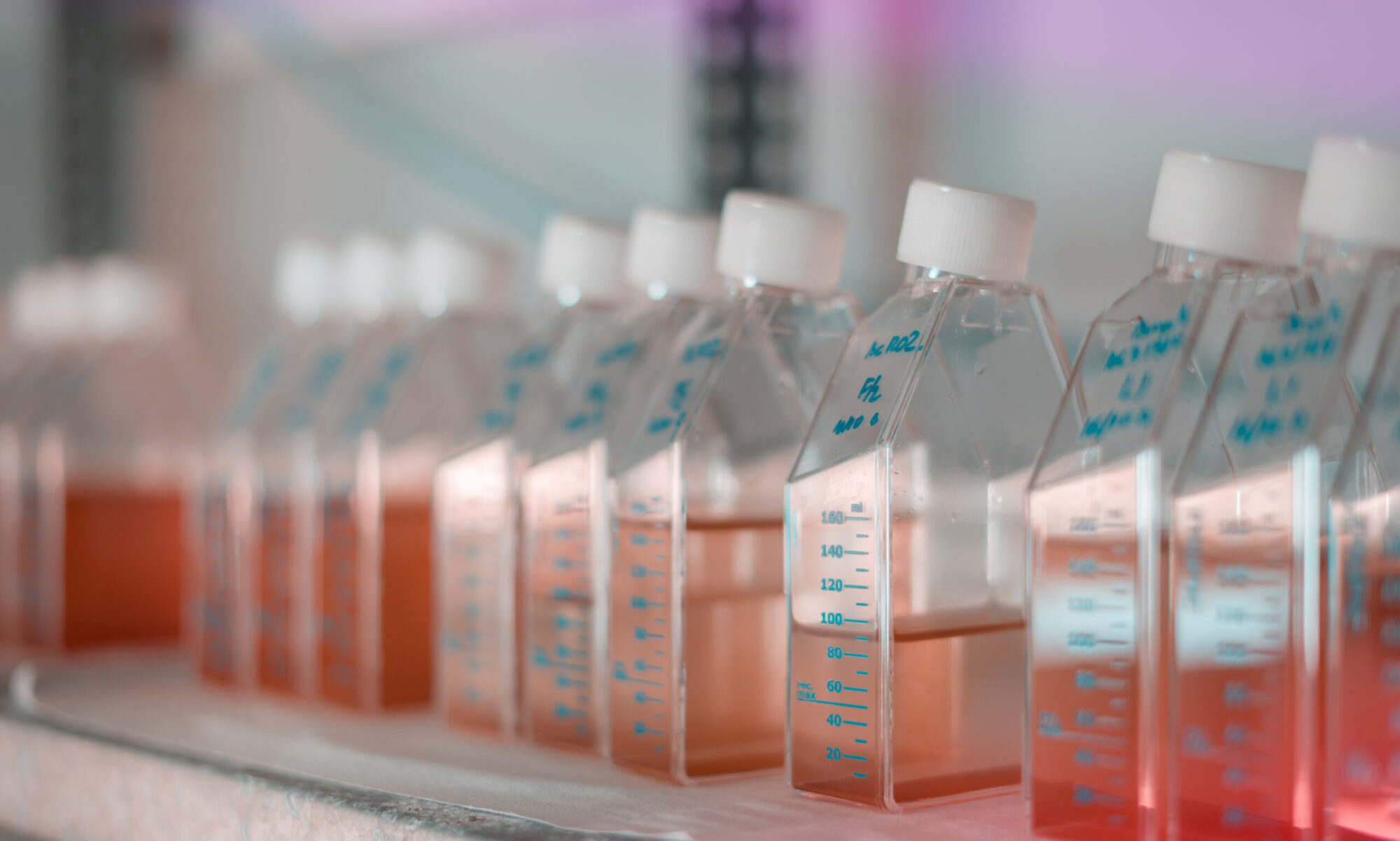2018
An overview of mosquito vectors of Zika virus.
Boyer S, Calvez E, Chouin-Carneiro T, Diallo D, Failloux AB.
Microbes Infect. 2018 Mar 2. pii: S1286-4579(18)30039-X. doi: 10.1016/j.micinf.2018.01.006.
2017
Dengue-1 virus and vector competence of Aedes aegypti (Diptera: Culicidae) populations from New Caledonia.
Calvez E, Guillaumot L, Girault D, Richard V, O’Connor O, Paoaafaite T, Teurlai M, Pocquet N, Cao-Lormeau VM, Dupont-Rouzeyrol M.
Parasit Vectors. 2017 Aug 9;10(1):381. doi: 10.1186/s13071-017-2319-x.A neutralization assay for Zika and Dengue viruses using a real-time PCR-based endpoint assessment
Wilson HL, Tran T, Druce J, Dupont-Rouzeyrol M, Catton M.
J Clin Microbiol. 2017 pii: JCM.00673-17. doi: 10.1128/JCM.00673-17.Socioeconomic and environmental determinants of dengue transmission in an urban setting: an ecological study in Nouméa, New Caledonia.
Zellweger M, Cano J, Mangeas M, Taglioni F, Mercier A, Despinoy M, Menkès C, Dupont-Rouzeyrol M, Nikolay B and Teurlai M.
PLoS Negl Trop Dis. 2017 11(4):e0005471.Zika virus infection and myasthenia gravis: Report of 2 cases.
Molko N, Simon O, Guyon D, Biron A, Dupont-Rouzeyrol M, Gourinat AC.
Neurology. 2017 Feb 10. pii: 10.1212
2016
Vertical Transmission of Dengue Virus in the Peripartum Period and Viral Kinetics in Newborns and Breast Milk: New Data.
Arragain L*, Dupont-Rouzeyrol M*, O’Connor O, Sigur N, Grangeon JP, Huguon E, Dechanet C, Cazorla C, Gourinat AC, Descloux E.
J Pediatric Infect Dis Soc. 2016. pii: piw058.Global spread of chikungunya virus a lesson for Aedes-transmitted arboviruses.
Duarte dos Santos C, Dupont-Rouzeyrol M, Sam IC, Roques P. CAB
Reviews. 2016 11(18):1-12.Zika virus infection as an unexpected finding in a Leptospirosis patient.
Biron A, Cazorla C, Amar J, Pfannstiel A, Dupont-Rouzeyrol M, Goarant C.
JMM Case Rep. 2016 3. doi: 10.1099Infectious Zika viral particles in breastmilk
Dupont-Rouzeyrol M, Biron A, O’Connor O, Huguon E, Descloux E. .
Lancet. 2016 Mar 12;387(10023):1056.Differential Susceptibilities of Aedes aegypti and Aedes albopictus from the Americas to Zika Virus
Chouin-Carneiro T, Vega-Rua A, Vazeille M, Yebakima A, Girod R, Goindin D, Dupont-Rouzeyrol M, Lourenço-de-Oliveira R, Failloux AB.
PLoS Negl Trop Dis. 2016 Mar 3;10(3):e0004543.Whole-Genome Sequencing Analysis from the Chikungunya Virus Caribbean Outbreak Reveals Novel Evolutionary Genomic Elements.
Stapleford KA, Moratorio G, Henningsson R, Chen R, Matheus S, Enfissi A, Weissglas-Volkov D, Isakov O, Blanc H, Mounce BC, Dupont-Rouzeyrol M, Shomron N, Weaver S, Fontes M, Rousset D, Vignuzzi M. PLoS Negl Trop Dis. 2016 Jan 25;10(1):e0004402.Genetic Diversity and Phylogeny of Aedes aegypti, the Main Arbovirus Vector in the Pacific.
Calvez E, Guillaumot L, Millet L, Marie J, Bossin H, Rama V, Faamoe A, Kilama S, Teurlai M, Mathieu-Daudé F, Dupont-Rouzeyrol M.
PLoS Negl Trop Dis. 2016 Jan 22;10(1):e0004374.
2015
Co-infection with Zika and Dengue Viruses in 2 Patients, New Caledonia, 2014.
Dupont-Rouzeyrol M, O’Connor O, Calvez E, Daurès M, John M, Grangeon JP, Gourinat AC.
Emerg Infect Dis. 2015. 21(2):381-2.Detection of zika virus in urine.
Gourinat AC*, O’Connor O*, Calvez E, Goarant C, Dupont-Rouzeyrol M.
Emerg Infect Dis. 2015. 21(1):84-6.
2014
Epidemiological and molecular features of dengue virus type-1 in New Caledonia, South Pacific, 2001-2013.
Dupont-Rouzeyrol M, Aubry M, O’Connor O, Roche C, Gourinat AC, Guigon A, Pyke A, Grangeon JP, Nilles E, Chanteau S, Aaskov J, Cao-Lormeau VM.
Virol J. 2014. 31;11:61.The emm-cluster typing system for group A Streptococcus identifies epidemiologic similarities across the Pacific region
Baroux N, D’Ortenzio E, Amédéo N, BakerC, Alsuwayyid BA, Dupont-Rouzeyrol M, O’Connor O, Steer A, Smeesters P.
Clin Infect Dis. 2014. 59(7):e84-92.Isolation and partial characterization of bacteria (Pseudoalteromonas sp.) with potential antibacterial activity from a marine costal environment from New Caledonia.
Dufourcq R, Chalkiadakis E, Fauchon M, Deslandes E, Kerjean V, Chanteau S, Petit E, Guezennec J, Dupont-Rouzeyrol M.
Lett Appl Microbiol. 2014. 58(2):102-8.
2013
Breast milk as a possible route of vertical transmission of dengue virus?
Barthel A, Gourinat AC, Cazorla C, Joubert C, Dupont-Rouzeyrol M, Descloux E.
Clin Infect Dis. 2013 Aug;57(3):415-7.Partial characterization of an exopolysaccharide secreted by a marine bacterium, Vibrio neocaledonicus sp. nov., from New Caledonia.
Chalkiadakis E, Dufourcq R, Schmitt S, Brandily C, Kervarec N, Coatanea D, Amir H, Loubersac L, Chanteau S, Guezennec J, Dupont-Rouzeyrol M, Simon-Colin C.
J Appl Microbiol. 2013 Jun;114(6):1702-12.
2012
Chikungunya virus and the mosquito vector Aedes aegypti in New Caledonia (South Pacific Region).
Dupont-Rouzeyrol M, Caro V, Guillaumot L, Vazeille M, D’Ortenzio E, Thiberge JM, Baroux N, Gourinat AC, Grandadam M, Failloux AB.
Vector Borne Zoonotic Dis. 2012. 12(12):1036-41.
Use of serum and blood samples on filter paper to improve the surveillance of dengue in Pacific Island Countries.
Aubry M, Roche C, Dupont-Rouzeyrol M, Aaskov J, Viallon J, Marfel M, Lalita P, Elbourne-Duituturaga S, Chanteau S, Musso D, Pavlin BI, Harrison D, Kool JL, Cao-Lormeau VM.
J Clin Virol. 2012 Sep;55(1):23-9.Lower respiratory infections among hospitalized children in New Caledonia: a pilot study for the Pneumonia Etiology Research for Child Health project.
Mermond S, Zurawski V, D’Ortenzio E, Driscoll AJ, DeLuca AN, Deloria-Knoll M, Moïsi JC, Murdoch DR, Missotte I, Besson-Leaud L, Chevalier C, Debarnot V, Feray F, Noireterre S, Duparc B, Fresnais F, O’Connor O, Dupont-Rouzeyrol M, Levine OS.
Clin Infect Dis. 2012 Apr;54 Suppl 2:S180-9.
2010
Aetiology of community-acquired pneumonia in hospitalized adult patients in New Caledonia.
Mermond S, Berlioz-Arthaud A, Estivals M, Baumann F, Levenes H, Martin PM.
Trop Med Int Health. 2010 Dec;15(12):1517-24.
2008
Real-time PCR detection of gyrA and parC mutations in Streptococcus pneumoniae.
Page S, Vernel-Pauillac F, O’Connor O, Bremont S, Charavay F, Courvalin P, Goarant C, Le Hello S. Antimicrob Agents Chemother. 2008 Nov;52(11):4155-8.

